Back
EVIDENCES
01
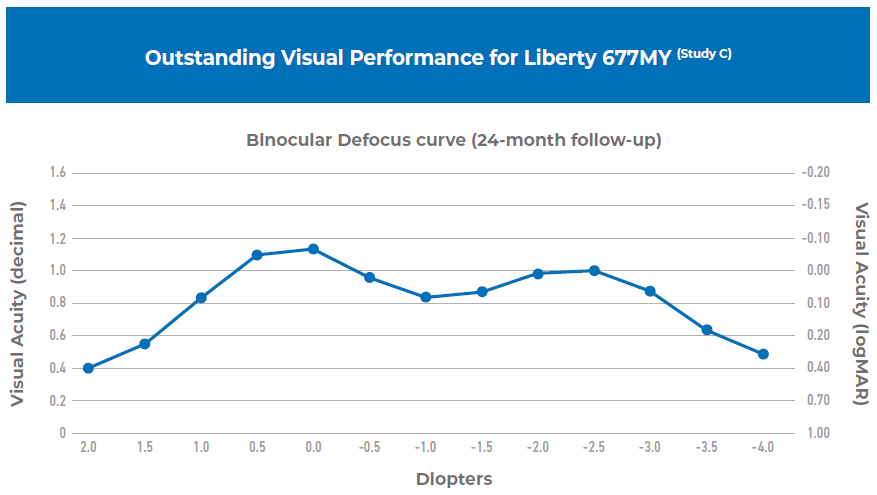
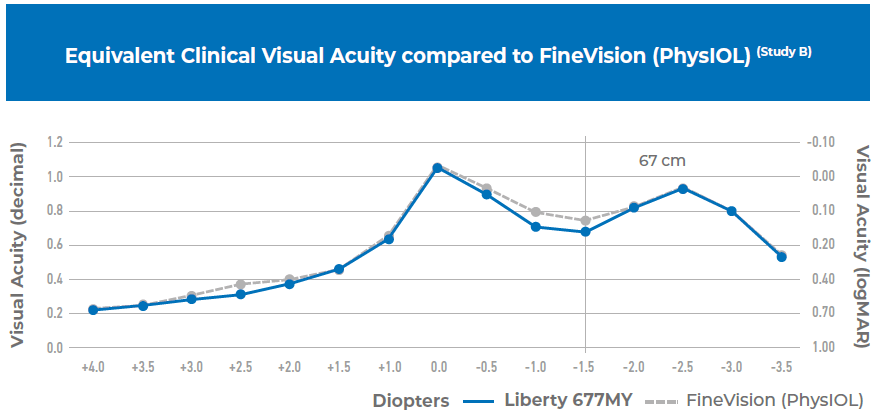
Spectacle Independence

Clinical evidence shows excellent far & near, good intermediate vision.

02
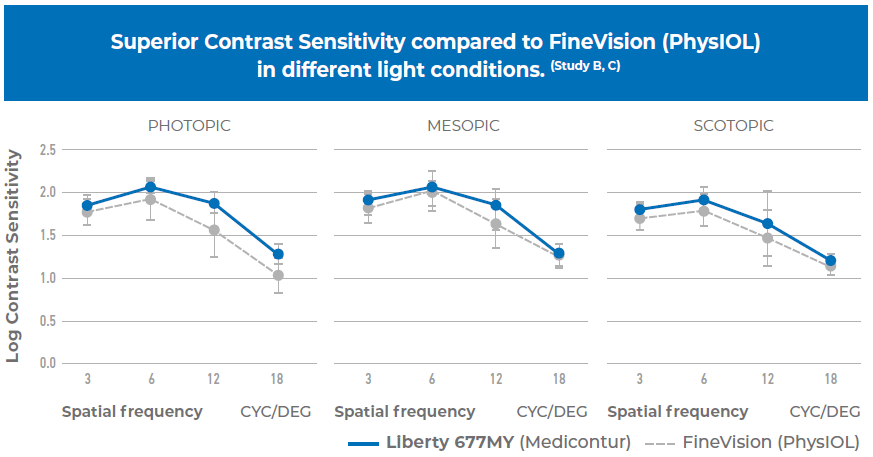
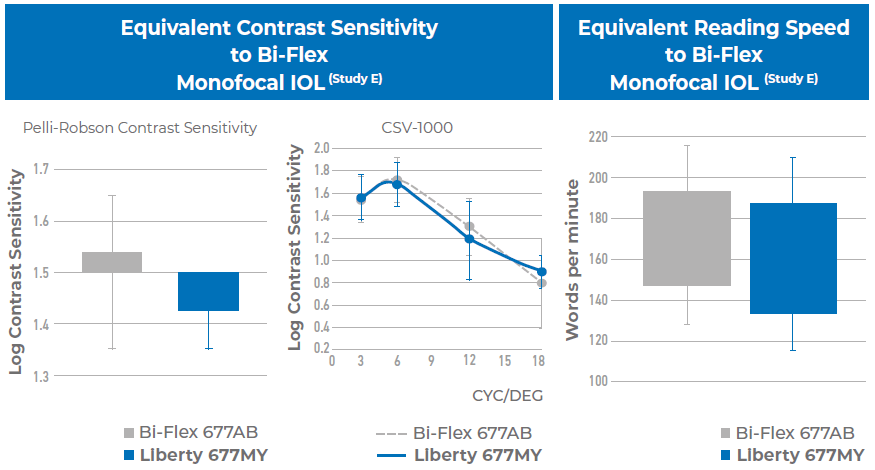
High Image Quality


03
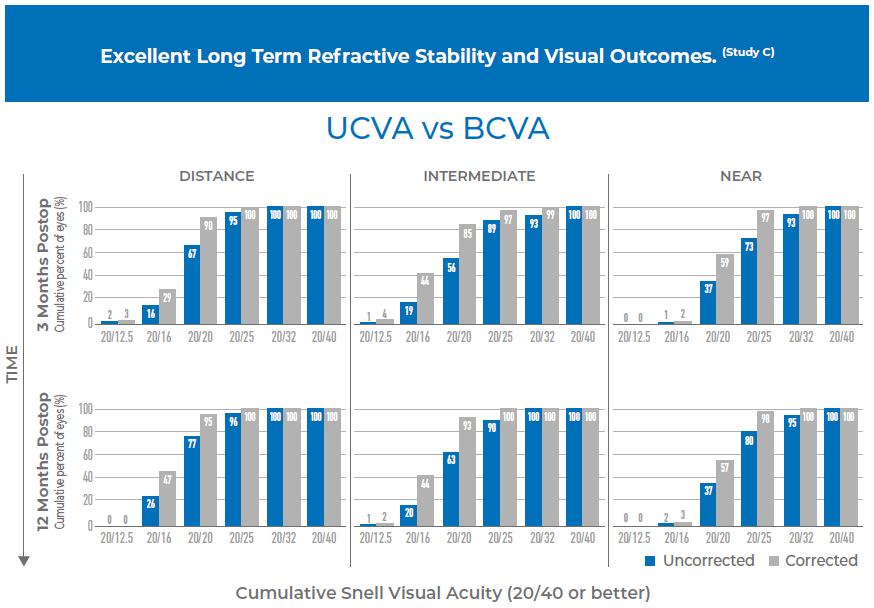
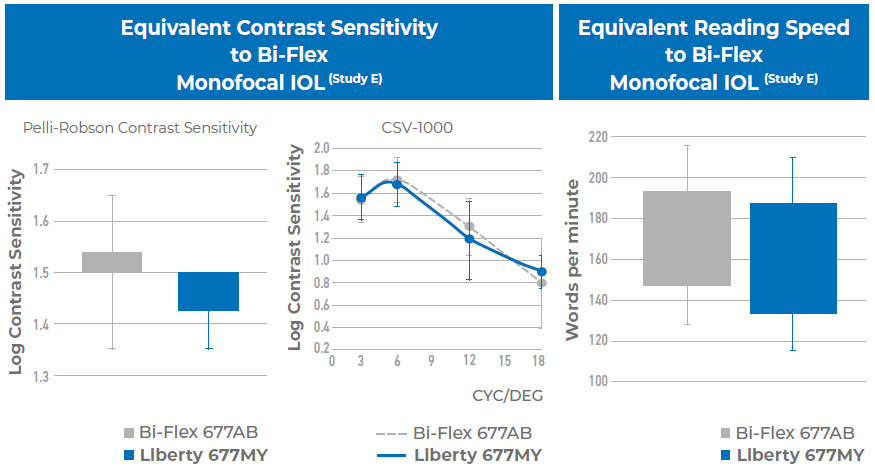
Refractive Stability & Predictability


04
References
A. AF, Dunai et al. (Hungary) Comparison of two multifocal IOL Types (50 Bi-Flex M &50 Acrysof IQ) – long term visual outcome. ESCRS 2016, 2017. B. E. Van Acker, MD, (Belgium) Comparison of clinical outcomes and patient satisfaction after implantation of two different types of diffractive apodized IOLs: 40 Bi-Flex M (based on PAD technology) 40 Finevision (Micro F) trifocal diffractive IOL. Prospective, randomized, observational study. ESCRS 2017. C. J. Györy (Hungary)Long term funcional and morphological outcomes and patient satisfaction after cataract surgery with 100 BiFlex M implantation with/without posterior central circular capsulorhexis (PCCC). ESCRS 2016, 2017. D. J. Fernandez MD, PhD, (Spain) Visual performance of patients implanted with progressive PAD Bi-Flex M analyzed by the Qvision iPAD Multifocal LensAnalyzer. ESCRS 2017. E. E. Law et al. (UK) Randomised clinical trial of the Bi-Flex M multifocal intraocular lens. ESCRS 2017. F. A Dexl. (Austria) Visual Outcome, Patient Satisfaction and Spectacle Independency after Implantation of 50 eyes ith Progressive Bi-Flex M. Final Result of a Multicentric Trial with 50 Conscecutive Patients. ESCRS 2015. G. C. Naval. (Philippines) Evolution of multifocal practice. ESCRS 2014. H. N. Meijide (Argentina) Visual Outcomes After Bilateral Implantation of a New Progressive Apodized Diffractive Trifocal IOL. Clinical outcome ASCRS 2018 ID 42517. I. J. García-Bella et al. (Spain) Visual outcomes after progressive apodized diffractive intraocular lens implantation. Eur J Ophthalmol. 2017 Sep. J. M. Assouline MD, PhD, (France) Comparative Outcome of Four Multifocal Intraocular Lens. ESCRS 2015.